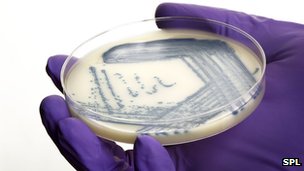
The relationship between gut bacteria, genetics, and T1D risk is a complicated picture, but multiple studies indicate that gut bacteria is an essential factor.
TEDDY
The Environmental Determinants of Diabetes in the Young (TEDDY) is on ongoing, multi-study effort that has screened more than 250,000 infants around the world, investigating factors which might trigger the development of type 1 diabetes in particular children. They mainly focus on children who are genetically at higher risk to get diabetes.
Recent TEDDY studies collected monthly stool samples from 900 infants over years to determine the composition and evolution of gut bacteria in each child.
“The different types of bacteria were analyzed in the stool samples and were linked to different key factors, such as the type of birth the child had experienced, siblings, exposure to furry pets and whether they had been breastfed.
One of the studies appeared to show that certain bacterial communities in the gut were impacted by breast milk, vaginal birth, siblings and pets. However, the research team stated that this did not necessarily confirm a direct link to type 1 diabetes.
The second study discovered that short-chain fatty acids might be significant. These short-chain fatty acids were mainly found within the gut bacteria of children who were not diagnosed with type 1 diabetes and who were breastfed as a baby.”
Source: Guardian
Amsterdam Medical Center
In a related gut bacteria study, scientists at the Amsterdam Medical Center discovered that a simple procedure that replaces the mucous membrane in the small intestine stabilizes the blood sugar levels of people with type 2 diabetes.
The Insulin resistance for each person was substantially reduced.
“We see a spectacular improvement in blood sugar levels one day after the operation.”
This result was achieved somewhat by accident and is being confirmed now with a much larger study.
Source: NOS